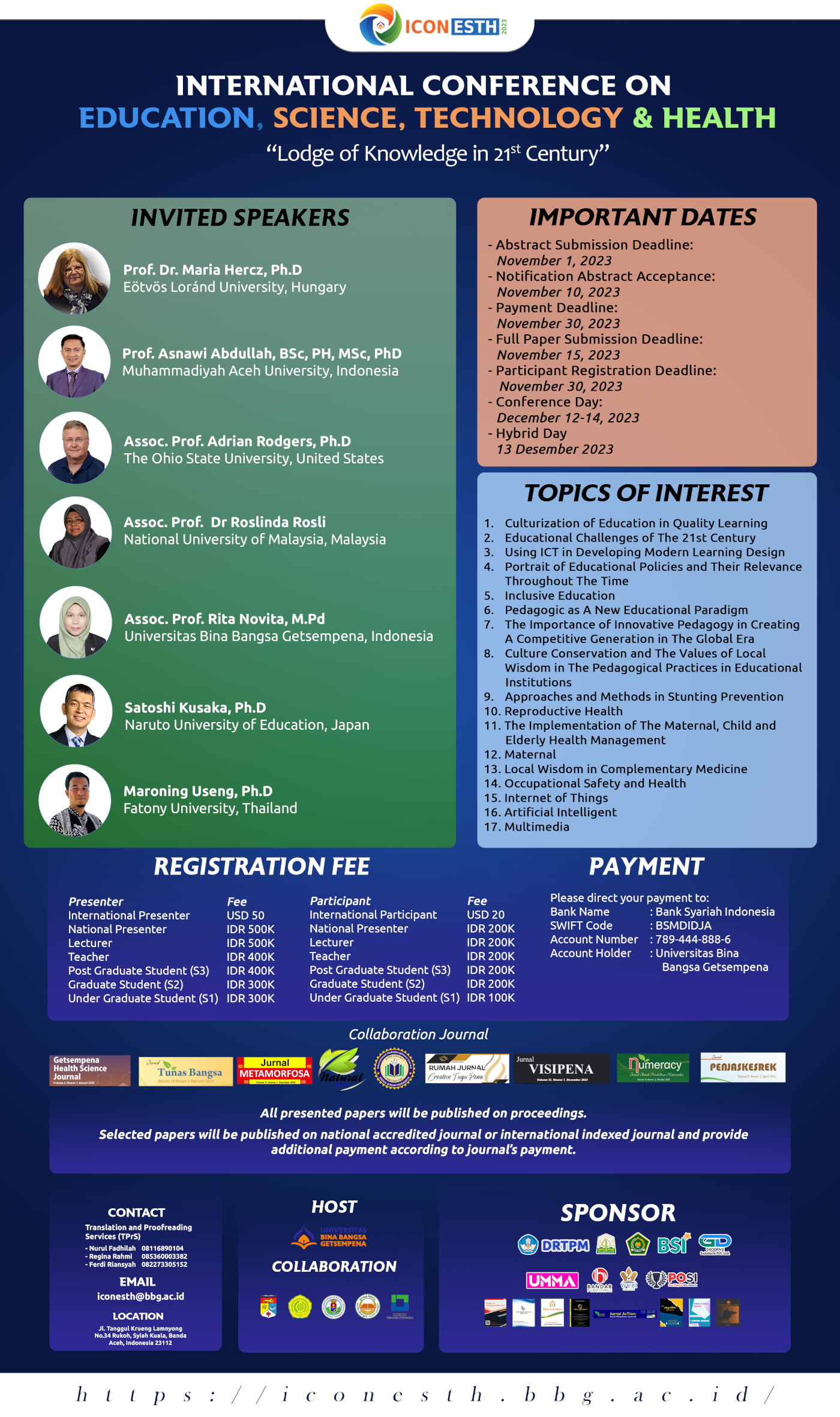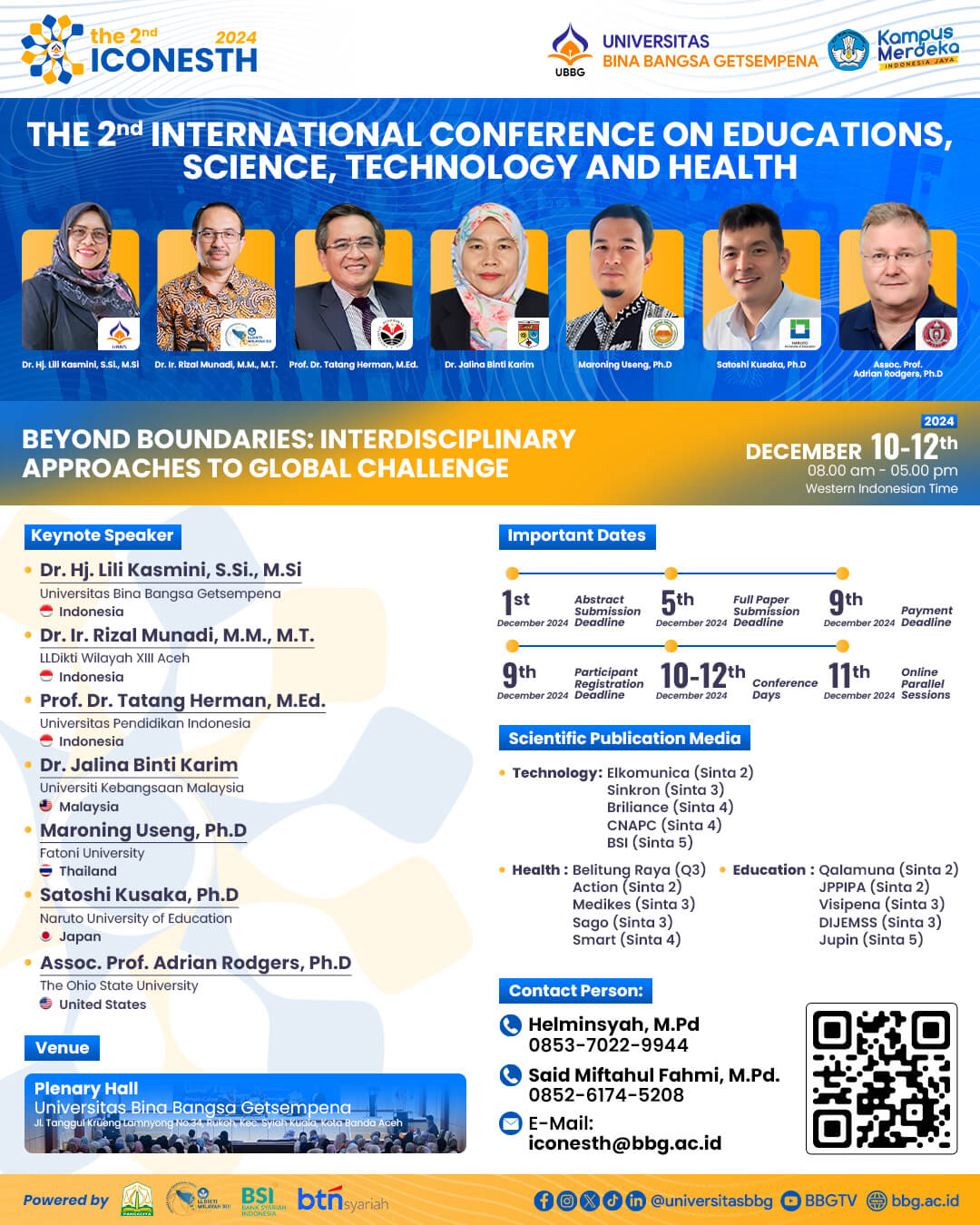THE TRIANGLE CONCEPT OF RESTITUTION AS A BASIS FOR DEVELOPING A POSITIVE CULTURE IN ELEMENTARY SCHOOLS
Abstract
Positive culture in the learning environment has been recognized as an important factor in supporting student growth holistically, the application of the restitution triangle concept can be the basis for developing a positive culture in the classroom. The concept of the triangle of restitution, creates an environment that supports stable identities, validates mistakes, and strengthens beliefs in learning. First, this research highlights the importance of helping students build stable and positive identities. By looking at the triangle of restitution as an analogy, educators can direct students to reflect on their interactions with their surroundings and identify the factors that influence their identity development. in this context, the development of a positive identity can be thought of as the result of a shift from a prior state toward better self-discovery. how error validation is an important element in a positive learning process. The concept of the triangle of restitution can be related to student errors as an unavoidable stage in development. By adopting this approach, teachers can create spaces where students feel comfortable making mistakes, learning from them, and seeing them as an important part of the learning process. how the strengthening of belief can be increased through the concept of the triangle of restitution. As kinetic energy is restored in collisions, student confidence can be increased through positive experiences, praise, and deeper selfunderstanding. Teachers can act as a catalyst in stimulating students' confidence in their abilities, encouraging them to take initiative in learning and face challenges. the importance of students' beliefs about themselves and their abilities in the context of learning. develop a positive culture in the classroom. The application of this concept can help strengthen students' identities, encourage the validation of mistakes as learning elements, and increase their confidence in facing existing challenges.









